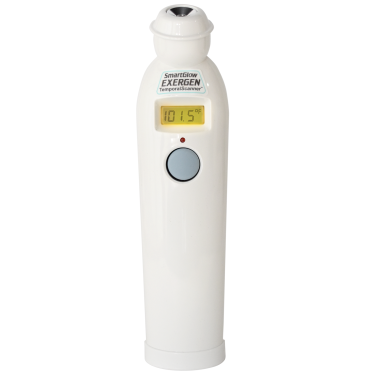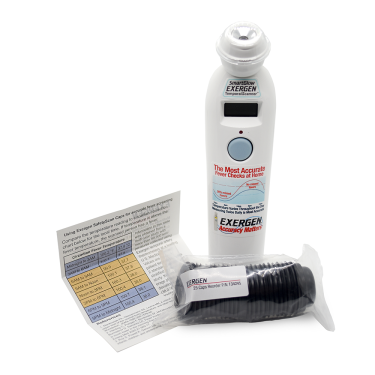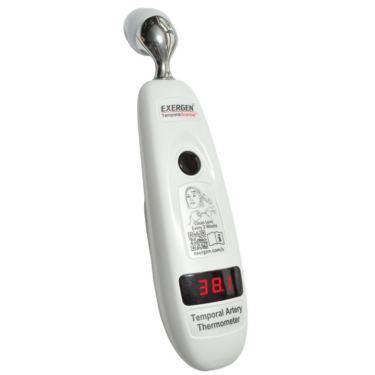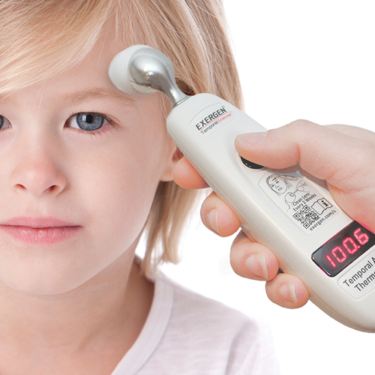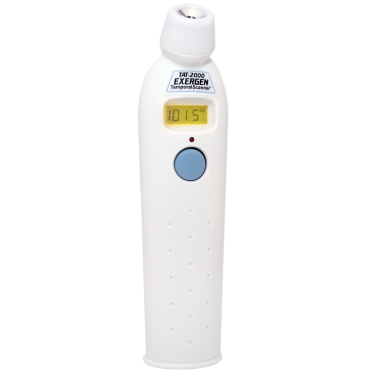With more adults and children going back to work and school in the midst of the coronavirus pandemic, screening for fever, a primary symptom of COVID-19, has never been more important. Health officials, school administrators, and employers are directing people to take their temperatures before leaving the house in the morning. Exergen Corporation, makers of the #1 thermometer sold nationwide, says morning temperature screenings are not sufficient and that taking temperatures both in the evening before dinner and before leaving the house each day gives a more reliable reading. The company has launched a campaign to educate people that morning-only temperature readings, which could miss 50% of fevers, may be misleadingly low, based on the body’s long recognized circadian rhythms.
“Science proves that you will detect fevers in the evening that were not detected in the morning. Since temperature-taking is now part of our daily routine, it’s important to understand this basic concept and its implications for keeping us safe from COVID-19,” said Francesco Pompei, Ph.D., CEO of Exergen Corporation. “Families need to get into the habit of twice daily temperature-taking with an accurate thermometer as we return in larger numbers to school and work, and especially during cold and flu season.”
The company has released an educational video to communicate why taking your temperature twice daily should be the new normal, just like wearing a mask and practicing social distancing. The company has also developed educational materials, which can be found, along with more than 80 peer-reviewed clinical studies that support Exergen’s accuracy, at www.exergen.com.
A number of recent studies affirm that body temperature varies during different times of the day and night, weekly, and seasonally. The studies include one of the largest-scale analyses of circadian and infradian cycles of human body temperature that shows predictable temperature variation. The study published in Chronobiology International, The Journal of Biological and Medical Rhythm Research, shows that the average human body temperature, long recognized as 98.6 degrees Fahrenheit, actually varies up to one degree based on the time of day, week, and year. In the study, 93,225 peoples’ temperatures were tracked daily, weekly, and throughout the four seasons for a full year using a temporal artery thermometer. Researchers found that body temperatures follow a circadian rhythm, lowest at sunrise and highest at sunset, with a slight hump in body temperature during the afternoon.
A second study, published in the Western Journal of Emergency Medicine, shows that fever incidence is lower at morning triages than in evening triages. A recent article in The New York Times referenced the third study, pending publication, that suggests we might be missing infectious disease by taking temperatures in the morning when fevers are lowest. According to the abstract, fever range temperatures were about half as common in the morning than at night.
